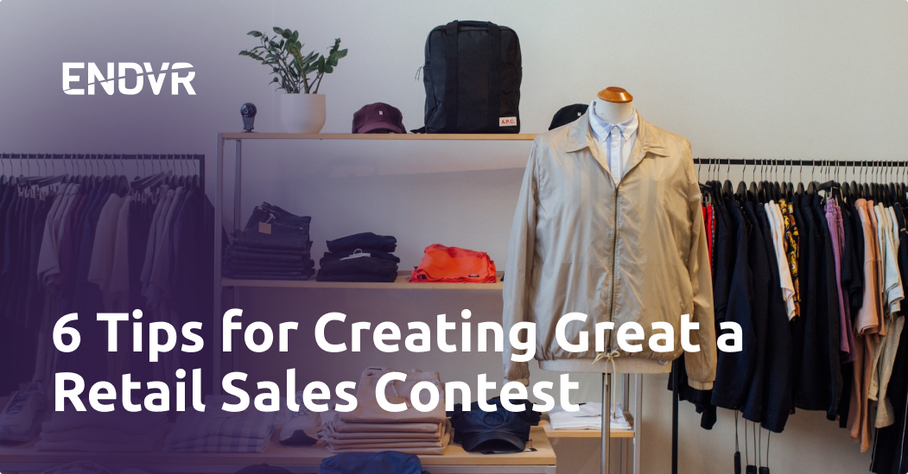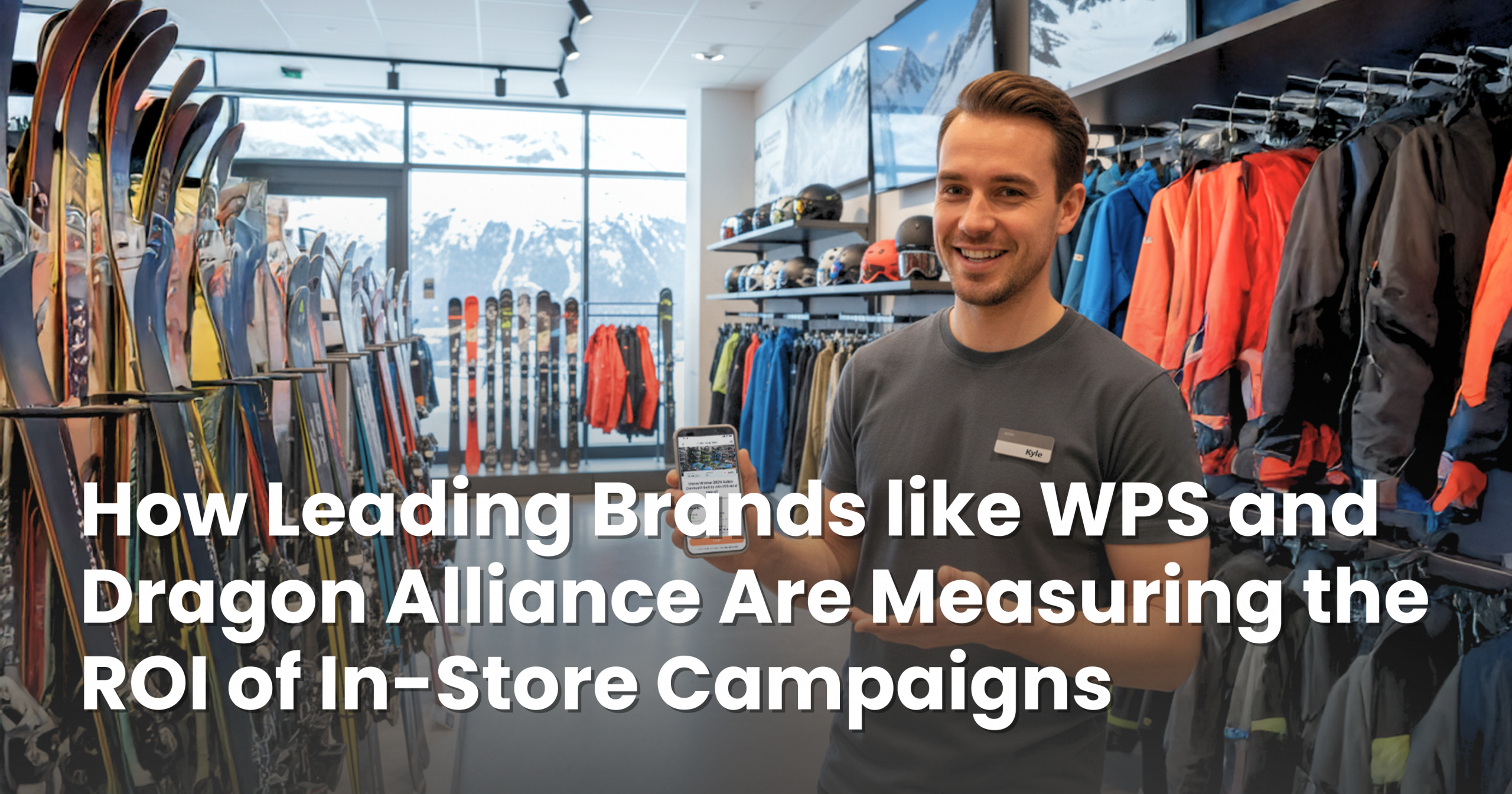
Well-trained, engaged retail staff is the key to boosting sales and brand awareness in any store.
Training is more than just imparting knowledge about new products. It builds confidence in your team so they can deliver a great in-store experience to the customer. It shows your willingness to create relationships with the people who are doing the work to sell your goods and promote your brand. It’s a clear sign that you want to invest in the frontline because you value them.
Training is about empowering retail staff to do their best. It engenders loyalty, making sales associates eager to promote your brand and your goods. And that’s essential for making more sales.
But not all training is created equal.
Providing sales associates with useful, timely education requires proper planning and the right tools. Your training initiatives should engage sales staff. They should be compelling, relevant and exciting enough to make even the most reticent associate want to learn.
So, when developing a good training program for retail staff, what are the key elements to keep in mind? How do you build a compelling and effective training program that educates and empowers your sales team so that they can boost sales?
Here are six simple tips for building a great training program for any retail team.

Make the training accessible.
Break training down into small digestible chunks. Busy associates are more likely to engage with training with a clear set of objectives that won’t take up too much time.
If you have a series of training goals, break them down into smaller parts or “missions”.
Make each mission quick and convenient—something they can do on their own time via their trusted smartphone.
Focus on sales-boosting skills.
Include more than just product information in your education program. Use missions as an opportunity to help retail staff develop professional skills that can produce tangible results, like:
-
Building better customer engagement
-
Improving workplace atmosphere
-
Mastering up-selling
-
Suggested add-on products
-
Dealing with customer objections
-
Knowing product warranty info and maintenance techniques
-
Knowing brand history and FAQs

Add an incentive.
Incentivization can increase employee performance by as much as 44 percent, according to the experts at Industry Training. Adding a cash incentive to your training missions demonstrates that you value the training mission you’ve created, and, by extension, that you value the team members who participate in that training.
Use training as an opportunity to build your staff’s knowledge-base, to give them the confidence to sell better, to reward them for their on-going service to your brand.
Make training on-going and timely.
Time your training modules alongside product turnover so that the training matches the changes happening in-store. Train throughout the year and not just at the beginning of the season.
Thanks to app and mobile technology, brands can create missions alongside any and all product launches, marketing initiatives and brand announcements, sending timely, relevant content to sales associates’ phones. With ENDVR, brands can communicate with every team, in every market, right when the product reaches the store floor.

Keep them motivated.
Think high-frequency, low-intensity training.
Instead of creating one big mission with a long-term goal, create many smaller missions that allow staff to hit milestones that can be accomplished in a shorter amount of time.
Make learning attainable, repeatable and comprehensive, and your team will stay engaged and eager to participate in your on-going initiatives.
Mine the data to improve your training.
Digital training gives you the added advantage of having access to powerful insights and real-time data. Use the metrics to improve your future training initiatives. See what works, and what doesn’t, when it comes to training and improved employee engagement and sales performance.

ENDVR Missions make program testing easier than ever. You can:
-
Test your mission launch schedule to find out which distribution cadence works best.
-
Vary the reward amounts to assess the best incentive(s) for maximum engagement.
-
Target a region, banner or store to determine what content, contests, prizes, and insight requests garner the best data.
By using data in this way, you’ll save time and be able to develop an effective, efficient and dynamic training strategy.





